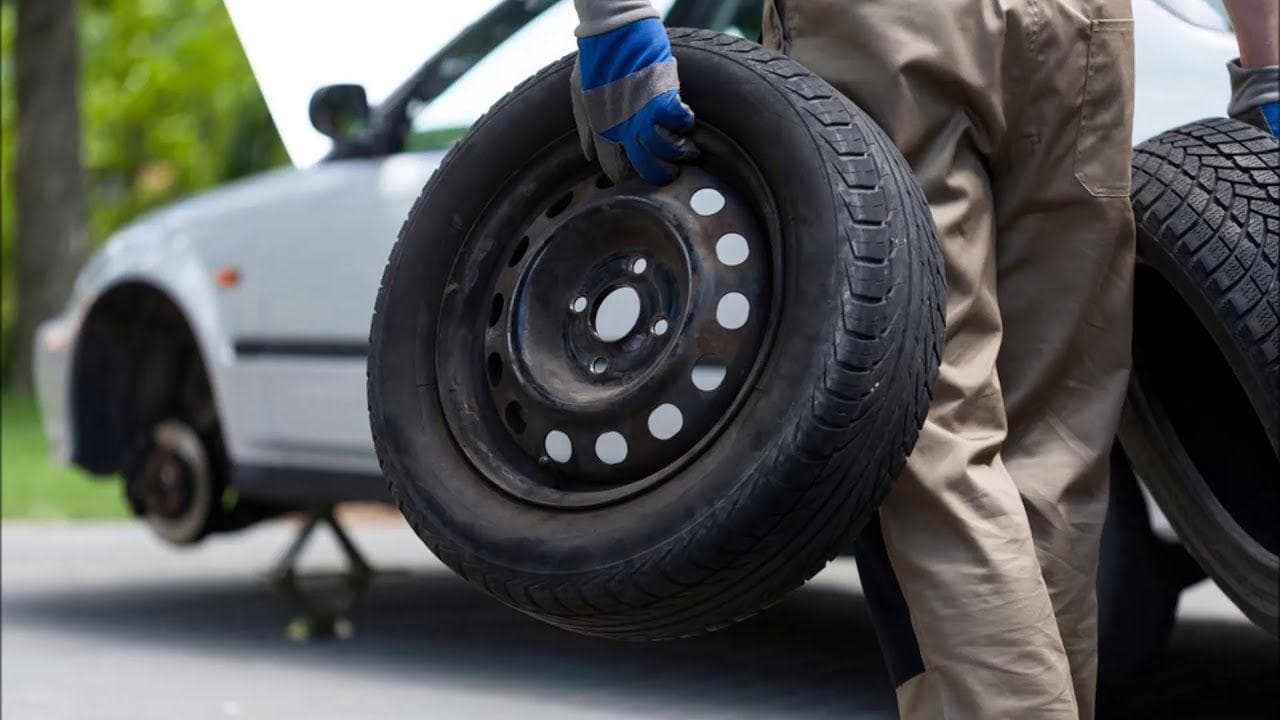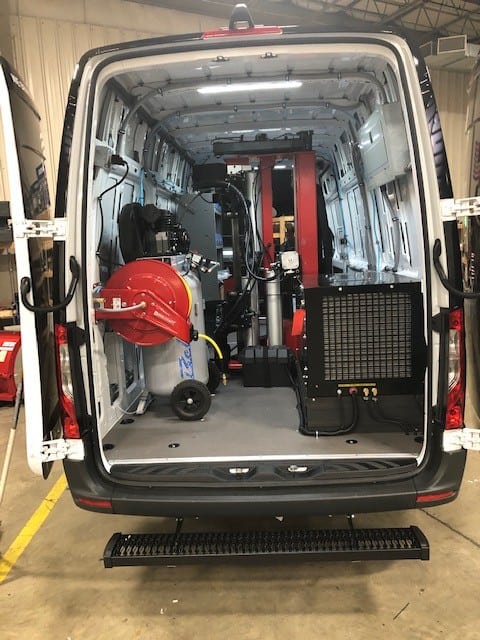Tire Solution: Proven Methods for Optimal Tire Upkeep and Care
Preserving optimal tire condition is critical for both security and performance of any type of lorry. From guaranteeing correct tire pressure to routine turning and positioning, there are tried and tested techniques that can dramatically extend the lifespan of your tires and boost overall driving experience. As we explore the complexities of tire care and upkeep, we will discover crucial guidelines that every car owner must abide by for the ideal possible outcomes. Allow's explore the world of tire solution and discover the keys to keeping your tires in first-class form for the long haul.
Relevance of Tire Stress
Proper tire stress is an important aspect in guaranteeing optimum lorry efficiency and safety and security when driving. Maintaining the suggested tire stress degrees provided by the maker supplies many advantages. Appropriate tire stress promotes far better fuel efficiency, as under-inflated tires can lead to increased rolling resistance, causing the engine to function harder and take in more fuel. Secondly, proper tire stress makes sure even walk wear, enhancing tire long life and conserving money in the long run by delaying the demand for early substitutes. Furthermore, properly blew up tires add to improved handling and braking abilities, crucial for secure driving in different road conditions. Over-inflated tires, on the various other hand, can cause lowered grip and a harsher adventure. Alternatively, under-inflated tires are vulnerable to getting too hot, which can bring about blowouts and mishaps. Regularly changing and checking tire pressure, particularly soon journeys, is an easy yet effective method to boost automobile efficiency, extend tire life-span, and prioritize security when driving.
Tire Rotation Guidelines
When considering tire rotation standards, it is crucial to understand the value of this upkeep job in taking full advantage of tire life-span and keeping optimum vehicle performance. Tire turning entails transforming the placement of each tire on a vehicle to make sure also step wear. Front tires tend to put on faster than rear tires as a result of steering pressures, making normal rotation vital for well balanced wear patterns. The advised rotation pattern varies depending on whether a car is front-wheel, rear-wheel, all-wheel, or four-wheel drive. Commonly, tires ought to be turned every 5,000 to 7,500 miles, or as suggested in the automobile manual. Ignoring tire turning can result in irregular wear, impacting handling, traction, and potentially compromising car safety. By sticking to appropriate rotation standards, vehicle drivers can extend the life of their tires, improve gas performance, and enhance overall driving experience. Normal rotation is a basic yet efficient upkeep practice that adds dramatically to tire durability and lorry performance.

Advantages of Wheel Alignment
Ensuring correct wheel positioning after tire rotation is essential for maintaining well balanced wear patterns and optimizing car performance. Wheel positioning describes the adjustment of the angles of the wheels to the producer's requirements. Among the crucial benefits of wheel positioning is boosted steering and handling reaction. When the wheels are correctly lined up, it reduces steering initiative, making sure a smoother and much more controlled driving experience. Additionally, correct wheel alignment aids to expand the life-span of your tires. Misaligned wheels can cause uneven tire wear, resulting in premature tire replacement and enhanced upkeep costs.

Tire Tread Deepness Examine
Executing a normal examination of tire step depth is important for keeping risk-free driving problems and extending the lifespan of your tires. The walk on your tires plays a vital role in providing grip, especially in damp or slippery problems. To inspect your tire walk depth, you can utilize a tread deepness gauge or the dime test. The suggested step deepness is at the very least 2/32 of an inch. It is time to replace your tires to make certain optimal performance and safety and security on the roadway if the walk depth is listed below this limit. Unequal walk wear can suggest issues with tire suspension, pressure, or alignment, highlighting the value of routine tread deepness checks. Disregarding to check and keep appropriate walk depth can bring about minimized grip, longer stopping ranges, and a boosted why not check here danger of hydroplaning. By incorporating tire step deepness checks right into your routine upkeep timetable, you can drive with confidence recognizing that your tires are in top problem.
Seasonal Tire Examination
A comprehensive analysis of tire condition tailored to details climate condition is essential for keeping ideal performance and security throughout the year. Seasonal tire inspection is an essential facet of tire upkeep that guarantees tires are ready to encounter the obstacles posed by different weather condition conditions. In prep work for winter months, it is vital to check the tire pressure frequently as cool temperatures can trigger tire pressure to go down. Evaluating tire step depth is also important to ensure adequate traction on snow and ice-covered roads. Furthermore, looking for indicators of damage, such as cracks or lumps, can aid stop potential tire failings. As the seasons modification, it is essential to examine tire problem and make any type of required changes to ensure secure driving. By performing routine seasonal tire evaluations, motorists can extend tire lifespan, improve gas efficiency, and most importantly, make certain a safe and secure driving experience in differing weather - Mobile Tire see this here Service Las Vegas.
Final Thought
In verdict, preserving appropriate tire stress, turning tires regularly, lining up wheels properly, see this site checking tread depth, and conducting seasonal inspections are crucial techniques for ideal tire treatment. By following these confirmed approaches, chauffeurs can ensure their tires last longer, perform much better, and add to overall automobile safety. It is very important to focus on tire maintenance to stop accidents, enhance fuel efficiency, and prolong the lifespan of tires.
Ample tire stress advertises better fuel efficiency, as under-inflated tires can lead to raised rolling resistance, creating the engine to work more difficult and eat even more fuel.When taking into consideration tire rotation standards, it is crucial to understand the value of this maintenance task in taking full advantage of tire life expectancy and preserving optimal lorry efficiency. Seasonal tire examination is a fundamental facet of tire maintenance that ensures tires are ready to deal with the obstacles posed by various weather condition conditions. By conducting regular seasonal tire examinations, chauffeurs can lengthen tire lifespan, enhance gas efficiency, and most significantly, make sure a secure driving experience in differing weather problems.
In conclusion, keeping correct tire stress, turning tires on a regular basis, straightening wheels correctly, keeping an eye on walk deepness, and conducting seasonal examinations are essential techniques for optimal tire treatment.